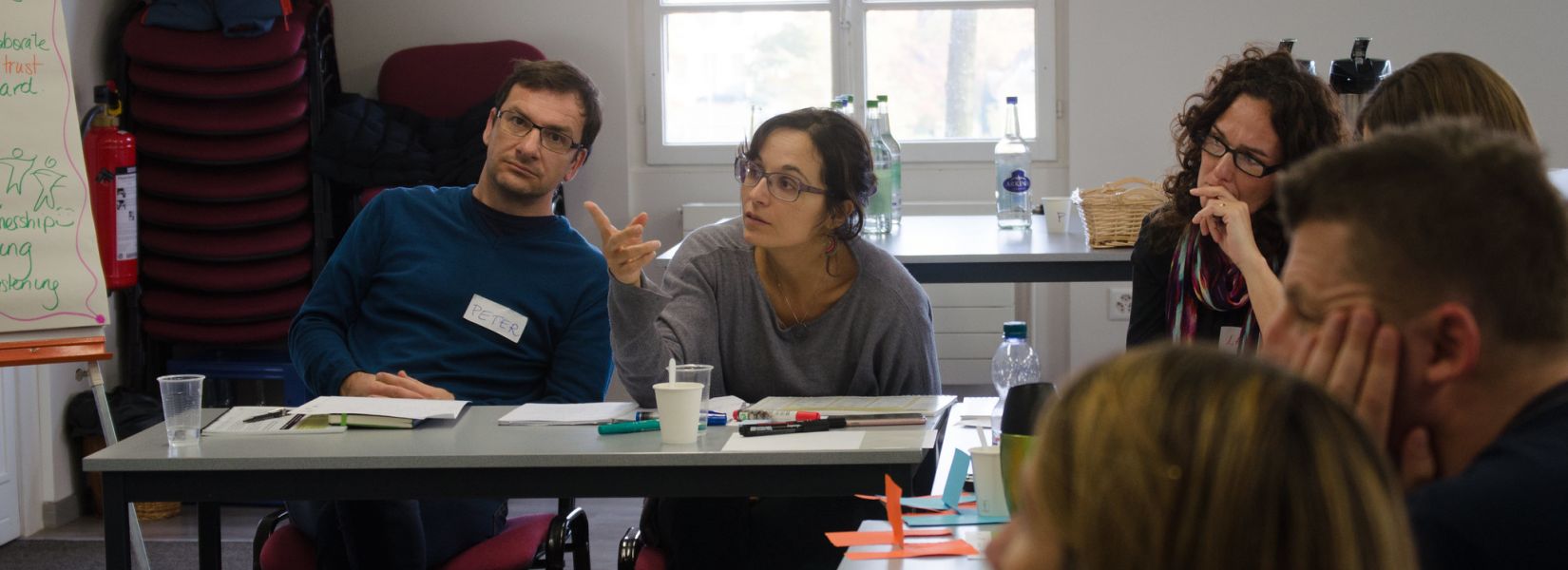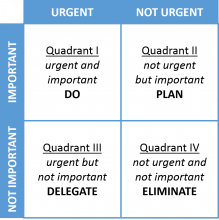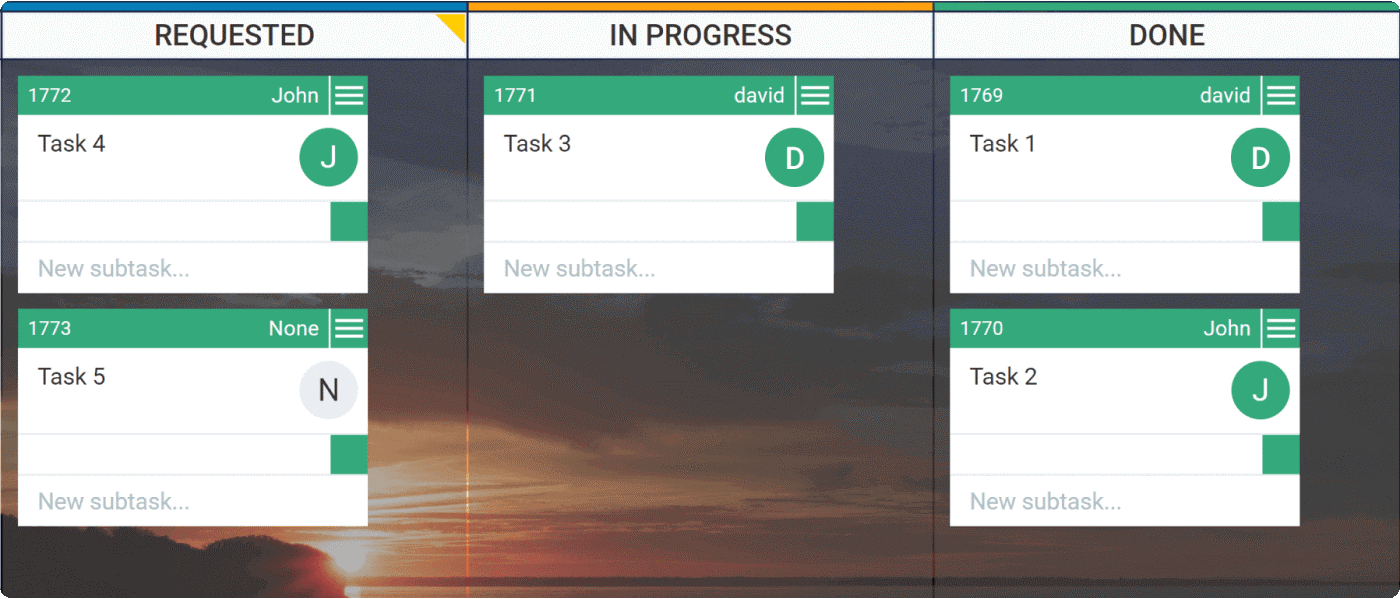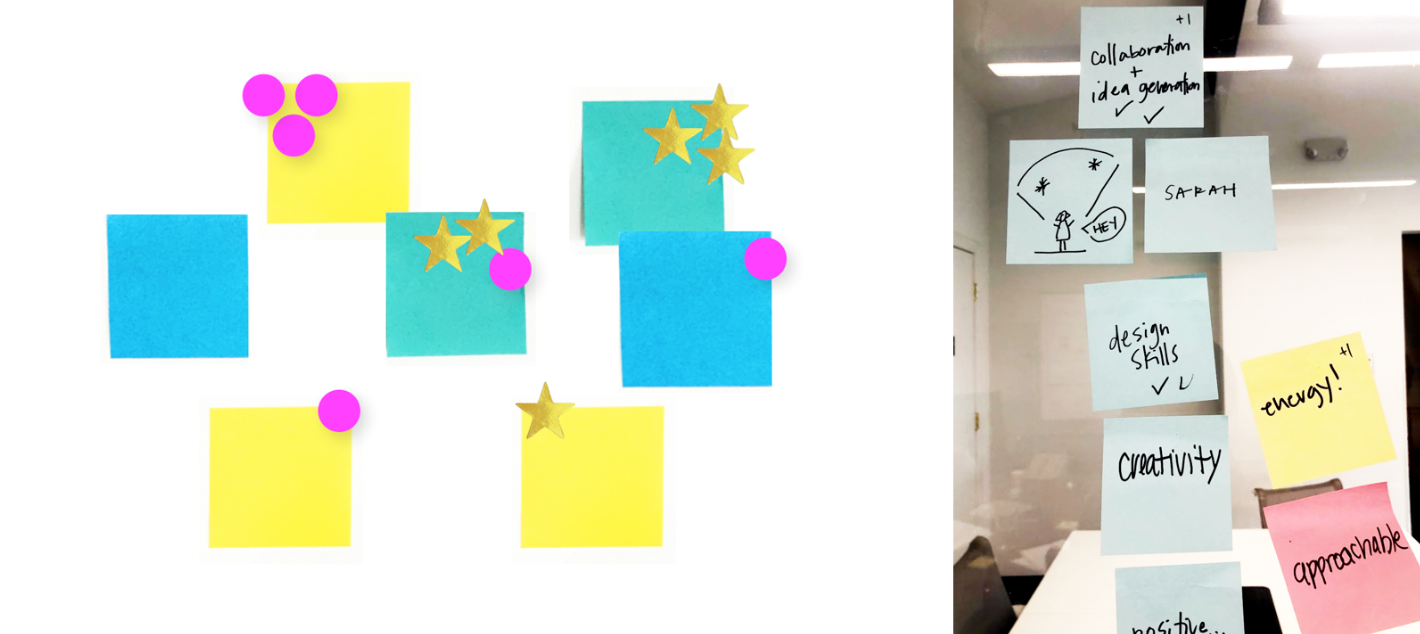How to make your meetings efficient and participative
By Brigitt Altwegg & Anna Krebs
10/10/2019
Do you think that we have way too many ineffective and non-participatory meetings? Your meeting may have not met its objectives, you may feel disengaged or that precious time is being wasted. Brigitt Altwegg, Trustbuilding Programme Manager at IofC Switzerland, and facilitation, coaching and organizational development professional Anna Krebs share some simple tips on how to change this.
Before and at the start of the meeting
Be clear about who is the convener and who is the facilitator of the meeting, and about their respective responsibilities. The convener and the facilitator may or not be the same person. Taking turns to facilitate allows all team members to practise their facilitation skills and to grow together as a group. It is also a good way to change the dynamics and break old habits.
Send a concise invitation to the participants, which mentions agenda items, context, objectives, expected output, leader of the meeting, participants, timing and required reading.
If you doubt whether people will have read the documents in advance, schedule time at the beginning of the meeting to read through them.
In the case of an ad-hoc meeting co-create a ‘flying agenda’ on the spot: ask people to write their most important topics/objectives for the meeting on a post-it, put them up on a flip chart and vote on which items to address and in what order.
Use the Eisenhower/Covey Quadrant (see image below) as a method of prioritizing items according to their importance and urgency.
Do a mindset check-in round to find out what is on participants’ minds before tackling the topic of the meeting.
Why are mindset check-in rounds important?
- They increase participation. If every person speaks within the first five minutes, they are more likely to express themselves again later on;
- They increase focus on the topic of the meeting because they acknowledge and help people to temporarily put aside other things which are on their minds;
- They allow people space to share on a more personal level what’s happening within them, to the degree that they choose themselves. When this is done regularly and authentically, coherence and trust within the team can increase. Example questions: Before we get started with the agenda, what’s on everyone’s mind? What is one thing you hope to accomplish in this meeting? What one word best describes your mood at this moment?
Shortly frame the meeting:
- Restate the meeting’s purpose and objectives, refer to the mindset which is needed for these to be achieved;
- Clarify expectations;
- Present the agenda and clarify logistics;
- Set, or remind people about, groundrules or guidelines relating to interaction and participation, confidentiality, decision-making and task distribution (i.e. time-keeping, note-taking). You can also use a timer such as a kitchen egg timer.
During the meeting
Use varying participatory formats or facilitation tools which are adapted to the situation and allow all participants to contribute to the conversation equally from the very start of the meeting, taking into account their different learning and personality styles. Empower them to manage their speaking time.
Have standing meetings if the issue can be resolved quickly.
Otherwise, remove tables and arrange chairs in a circle.
Manage participants’ speaking time. For participants who talk too much, you can for example thank them, repeat what they said to acknowledge that you have heard them or occupy them with additional tasks (photos, note-taking, time-keeping, special assistance, etc). To allow participants to speak up, you can, for example, agree on a sign that people make when they have something to say, use silence to give space to think, go around the circle, break into pairs or small groups and ask them to report back, or use other forms of facilitation which do not require speaking.
Use a parking lot flipchart for ideas that are off-topic but important.
Use a visual KANBAN board (see image on top) to keep track of how the meeting is evolving and give a sense of completion in the end.
Use ‘dot voting’ (see image below) if you need to decide on something or choose between different options. Participants vote for their chosen options using a limited number of dot stickers or marks with pens.
When conversation stalls or there is tension, take a moment of silence and a round of insights.
To close the meeting
Celebrate success: Ask one person to share a small success in their work or take a moment to give positive feedback.
Decide on follow-up:
- identify the first small next steps;
- decide who will be in charge of what and how they will keep track of their progress;
- agree on, or be aware of, the consequences of not delivering in time (what it means for the other person);
- send a summary immediately after the meeting;
it is also possible to brainstorm the agenda for the next meeting.
Review: take a few minutes to ask how the meeting could be improved next time.
Check-out: As with the check-in, you can do a quick check-out round by, for example, asking participants to state their mood or take-away in one word.
We look forward to hearing your own comments and tips on making meetings more effective. Who knows, maybe we will soon meet at an event or facilitation training?
N.B. Check out the upcoming Facilitation Training on 28-31 October in Geneva and contact us if you are interested in facilitation services for your event or dialogue!



